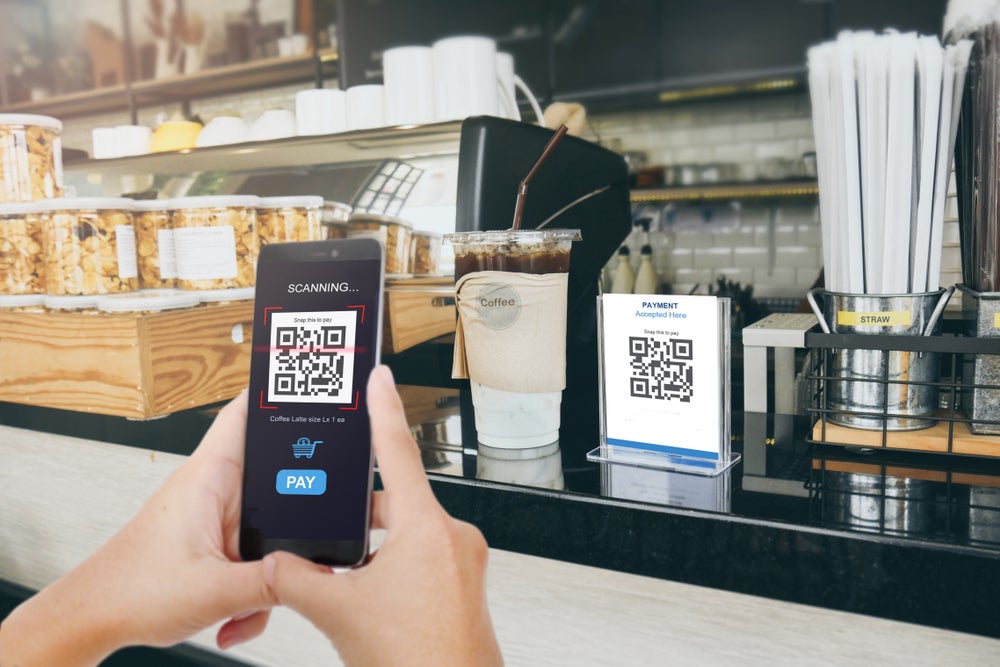The Czech economy has registered robust growth since 2014, supported by a decline in oil prices, increased investment activity, and government policy to encourage exports and domestic demand
Economic growth and disposable incomes are expected to accelerate over the next five years, which will drive investment in the Czech cards and payments industry.
Cash remains the preferred method of consumer payment, accounting for 56.2% of the total transaction volume in 2016.
Consumers in the Czech Republic generally use cash for day-to-day, low-value transactions. However, its use has declined since 2012 due to a growing preference for payment cards and an increase in contactless transactions. The payment cards market grew significantly in the Czech Republic between 2012 and 2016 as consumers were increasingly spending more with their payment cards.
The total number of payment card transactions increased at a CAGR of 15.8% from 480.6m in 2012 to 865.1m in 2016.
The Czech Republic’s payment card penetration (cards per inhabitant) was 1.1 in 2016, which is high compared with its peers Slovakia (1.0), Bulgaria (1.0), Hungary (0.9), Poland (0.9) and Romania (0.8).
The high penetration of payment cards offers further scope for growth in the country’s cards and payments market.
How well do you really know your competitors?
Access the most comprehensive Company Profiles on the market, powered by GlobalData. Save hours of research. Gain competitive edge.

Thank you!
Your download email will arrive shortly
Not ready to buy yet? Download a free sample
We are confident about the unique quality of our Company Profiles. However, we want you to make the most beneficial decision for your business, so we offer a free sample that you can download by submitting the below form
By GlobalData Uptake of contactless
Uptake of contactless
Contactless cards were first introduced in the Czech Republic by Citibank in 2011. This was followed by other banks, and the majority of domestic banks now allow their customers to carry out contactless payments.
The number of cards with contactless functionality was 10.9m in 2016. According to data reported by Visa Europe in February 2015, Czechs use contactless payments for 3.3 transactions per month per card on average – the highest rate in the EU, followed by Poland (2.6) and Slovakia (1.3).
According to Visa Europe, the Czech Republic was the third-largest market for Visa contactless cards in Europe with 13.9m transactions conducted in March 2015. This was preceded by the UK (52.6m) and Poland (49.7m).
In addition, according to a 2015 report by Mastercard, nearly 52% of Mastercard and Maestro in-store transactions are contactless in the Czech Republic.
 E-commerce growth
E-commerce growth
The total transaction value of the e-commerce market posted a CAGR of 32.2% over five years, from $2.0bn (CZK52.9bn) in 2012 to $6.3bn in 2016.
A high mobile penetration rate, consumer confidence in online transactions, and the presence of a secure online gateway were responsible for driving this growth. According to Ecommerce Europe, 80.0% of the Czech population above the age of 14 years – equivalent to 7.1m individuals – use the internet, and 3.7m people shop online.
Banks and other card participants are introducing innovative payment options to encourage electronic payments and improve convenience in online shopping.
For example, UniCredit Bank launched the Pay button on its internet banking platform in December 2015.
The bank, in association with online payment service provider PayU, offers the new payment option when consumers make payments on e-commerce and price comparison websites, including Mall.cz and Heureka.cz.
Similarly, Mastercard launched Masterpass in the Czech Republic in November 2014.
Demand for prepaid
Prepaid cards are increasingly gaining acceptance among Czechs, as they do not require a bank account and are accessible to consumers who do not otherwise qualify for a bank card.
The number of prepaid cards in circulation rose from 360,559 in 2012 to 477,552 in 2016, at a CAGR of 7.3%. The value of transactions via prepaid cards rose from $3.1m in 2012 to $8.6m in 2016.
Banks in the Czech Republic offer a number of prepaid cards to serve different consumer segments. For instance, ČSOB offers the COOL prepaid card in collaboration with Mastercard, which is primarily designed for students.
Targeting corporate customers, ČSAS offers the Maestro corporate business prepaid card in collaboration with Mastercard. The card has a validity period of three years, and incorporates chip-and-PIN technology. However, this card can only be used for ATM withdrawals and in-store payments.
Several companies and card service providers collaborate with international scheme providers to offer prepaid cards. For instance, prepaid card issuer FreePay collaborated with Mastercard to offer a reloadable prepaid card that can be used worldwide through the Mastercard network.



 Uptake of contactless
Uptake of contactless E-commerce growth
E-commerce growth




